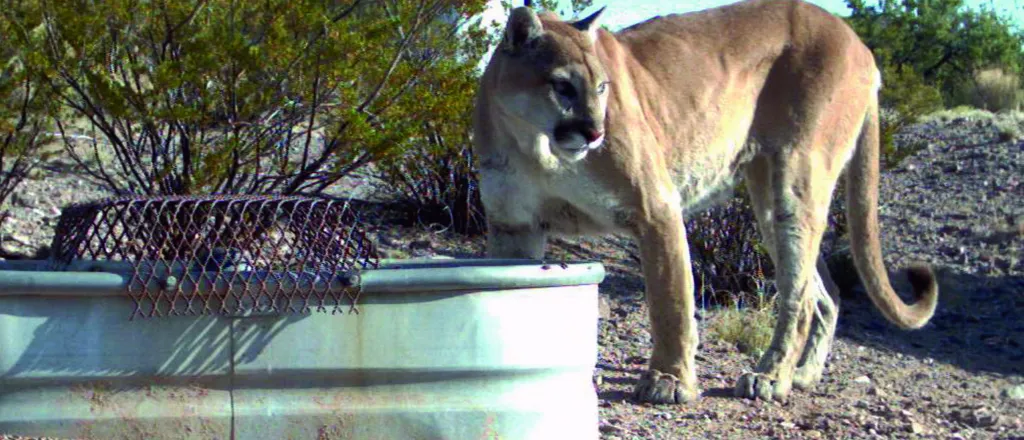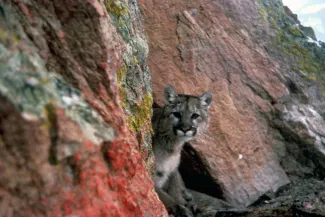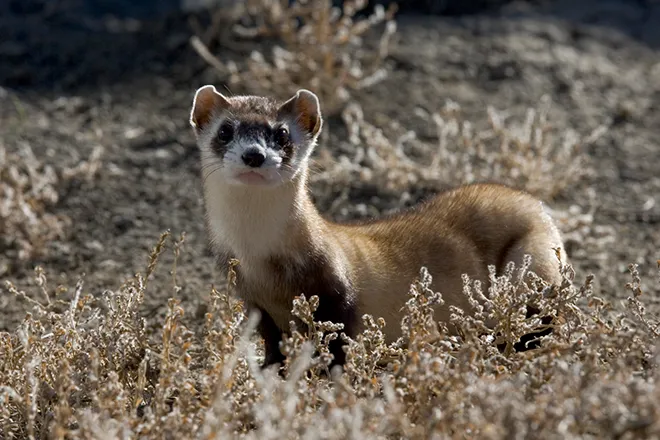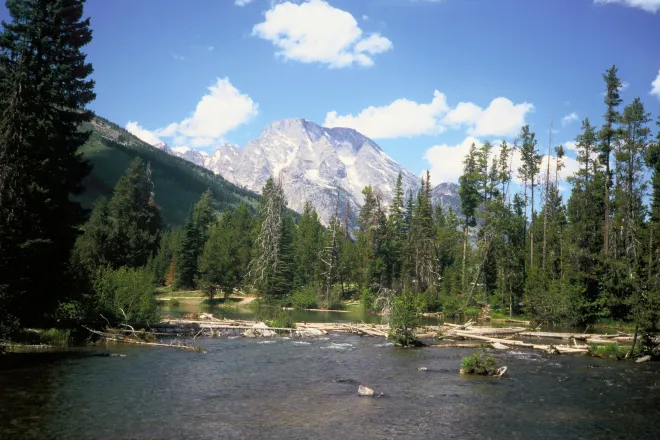
CPW Commission adopts East Slope mountain lion management plan
Months of research and public hearings culminated Friday when the Colorado Parks and Wildlife Commission adopted a new plan for managing mountain lions that live on the east slope of the Continental Divide.
The commission voted 10-0 to approve the 10-year plan after hearing an overview from Mark Vieira, CPW’s Carnivore and Furbearer Program Manager. Vieira described the mountain lion population of the east slope and discussed goals for the management plan and a timeline for implementation.
Approval comes after a similar effort resulted in the successful development of a West Slope Mountain Lion management plan in 2020.

The East Slope Mountain Lion Management Plan will guide management decisions made by CPW biologists and wildlife managers for maintaining a stable mountain lion population east of the Continental Divide (excluding North Park). Additionally, the plan discusses future research that will help CPW improve its understanding of lion populations and biology.
Mountain lions in Colorado have historically been managed on smaller, localized scales – similar to the management of Colorado’s deer and elk. Current scientific research, however, shows that managing mountain lions on a broader landscape scale is more appropriate and effective.
A careful review by CPW biologists of research studies on mountain lions in western states helped wildlife managers evaluate populations and set harvest limits that align with the best available science.
CPW staff held several public meetings before drafting the East Slope. Approximately 700 members of the public attended the meetings.
Historically, CPW has used big game management plans to provide guidance to wildlife managers who attempt to balance the biological needs of various animals, their habitat and public requests for wildlife-related recreation opportunities.
The management plans drive important decisions, which include the license-setting process, and strategies and techniques to reach population and harvest objectives.














